Ecological restoration practices showcased at Montague Plains tour
| Published: 10-31-2023 1:52 PM |
TURNERS FALLS — Ecologists and researchers observed more than three decades worth of conservation efforts with their own eyes during a recent tour of the Montague Plains Wildlife Management Area.
Attendees discussed seven subtopics across as many stops during Sunday’s site walk, hosted by the Society for Ecological Restoration and MassWildlife. The intention was to “explore the results of over 30 years of conservation planning, monitoring, research, restoration and management, which inform our adaptive management strategies at Montague Plains,” according to background information distributed before the walk. Those in attendance reviewed the geographic history, unique ecology, controlled burning strategy and other qualities that make the state’s largest remaining inland sand plain habitat special.
“My agenda today was to get you to see the Plains through the eyes of the principles of ecological restoration,” Society for Ecological Restoration Ecologist Tim Simmons said in an introduction. “We are encouraging you to reflect on what you hear and give us feedback on what you think priorities should be.”
According to the Society for Ecological Restoration and MassWildlife, the Montague Plains area is an 1,800-acre sandplain remnant of an outwash delta from glacial Lake Hitchcock, which occupied much of the Connecticut River Valley thousands of years ago. The habitat is characterized online by MassWildlife as having “an open tree canopy and lots of shrubby undergrowth,” and “deep, coarse glacial sands” that give rise to the area’s “unique features and the specialized plants and animals that live there.” The sandplain harbors a variety of globally rare pine and oak species, as well as at least 47 species of animals that are in need of conservation.
“It is considered by The Nature Conservancy as a globally rare community type,” said Caren Caljouw, prescribed fire program manager for MassWildlife. “The U.S. Fish and Wildlife Service recognizes it as a critically imperiled ecosystem that needs active management, and many of the species that occur there do as well.”
One of the pillars of conservation efforts at the Montague Plains is controlled burning, which has been carried out by the University of Massachusetts Amherst since 2000 and by Indigenous tribes for much longer. Controlled burns slow the spread of pest species, recycle nutrients back into the soil to promote plant growth and clear the area of non-native plants that lack the fire-resistant roots of species conditioned by the Montague Plains’ extensive history of wildfires.
“This type of vegetation is naturally flammable,” Caljouw said, “so we work very closely with [Department of Conservation and Recreation] fire control and fire departments to make sure we’re protecting the community around us as well when we’re managing this important ecosystem.”
Landscape Ecologist Glenn Motzkin elaborated on the effectiveness of burning at the first stop on the site walk, which entailed a short venture into a more wooded area south of the power lines.
Article continues after...
Yesterday's Most Read Articles
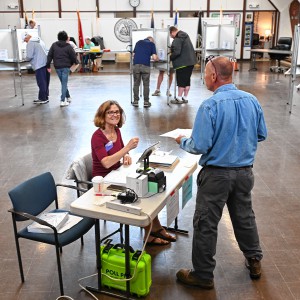 Political newcomer defeats Shores Ness for Deerfield Selectboard seat
Political newcomer defeats Shores Ness for Deerfield Selectboard seat
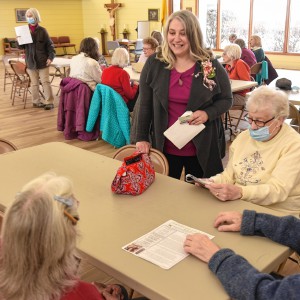 South County Senior Center opts not to renew church lease after rift over LGBTQ program
South County Senior Center opts not to renew church lease after rift over LGBTQ program
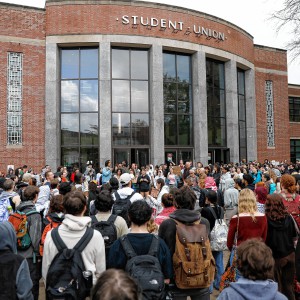 More than 130 arrested at pro-Palestinian protest at UMass
More than 130 arrested at pro-Palestinian protest at UMass
 As I See It: Between Israel and Palestine: Which side should we be on, and why?
As I See It: Between Israel and Palestine: Which side should we be on, and why?
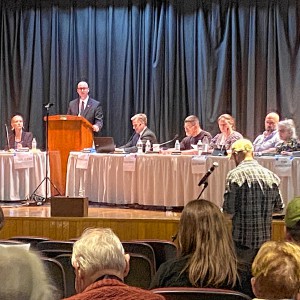 Moratoriums on large-scale solar, battery storage passed in Northfield
Moratoriums on large-scale solar, battery storage passed in Northfield
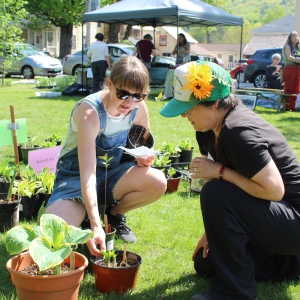 Bridge of Flowers in Shelburne Falls to open on plant sale day, May 11
Bridge of Flowers in Shelburne Falls to open on plant sale day, May 11
“The earliest historical records of this area help lead us to the idea that there was probably vegetation related to the type that we see now on this site for at least several thousand years and that fire was a long-term important component of that,” he said.
Motzkin, who had personally done extensive landscape ecology research at the Montague Plains, added that areas of the plains had likely once been used for agriculture.
“We hadn’t anticipated that so much on a dry site like Montague Plains because presumably, this would be pretty poor-quality agricultural land, and yet, we were starting to find soil disturbance indicators that suggested that much of the delta had actually been plowed for historical agriculture,” he said. “Those areas differed both in their soil individually and in their vegetation composition from areas that had never been used for historical agriculture.”
He referenced this disparity between vegetation types to emphasize the impact that humans have on such an environment, even relative to plowing practices that occurred hundreds of years prior.
“In terms of evaluating our long-term effect on the landscape, it’s quite interesting to think about historical legacies of disturbances that communities created on the land,” he summarized.
Chris Buelow, senior restoration ecologist for MassWildlife, stressed that research conducted in this area is not only crucial to preserving the Montague Plains, but crucial to understanding how conservationists should approach caring for other land.
“I look at these landscapes, or these features on the landscapes, essentially as hubs … that can radiate out from these sites,” Buelow said. “They’re source populations and we’ve learned so much from what we’ve done here on this landscape that when we find commonalities in other similar community types that we can manage … we’re using this as the basis.”
Reach Julian Mendoza at 413-930-4231 or jmendoza@recorder.com.

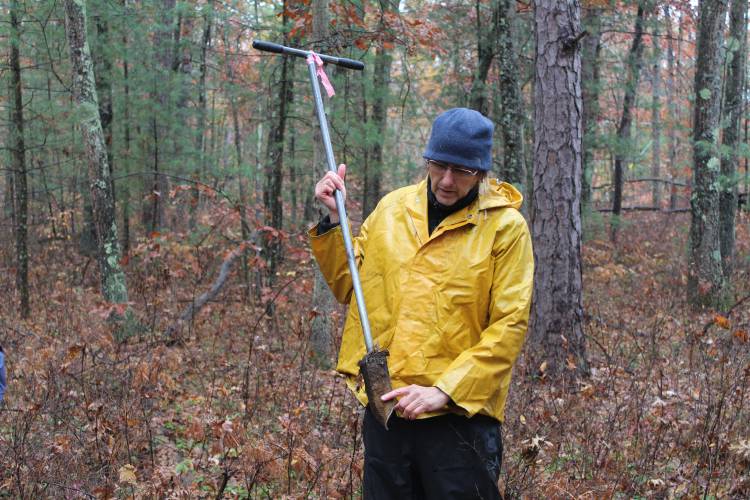
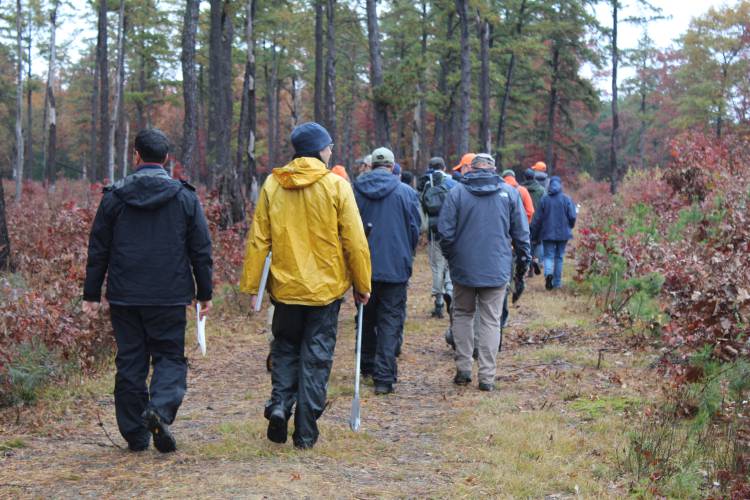
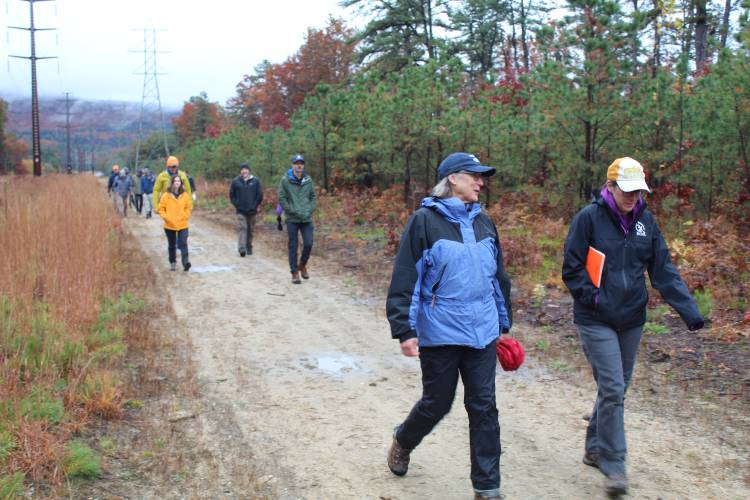
 No surprises in Wendell election
No surprises in Wendell election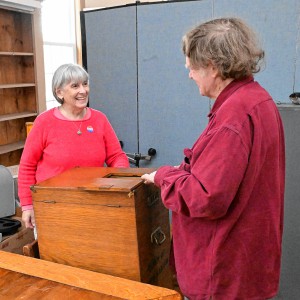 New Salem election ushers in new Selectboard member
New Salem election ushers in new Selectboard member
